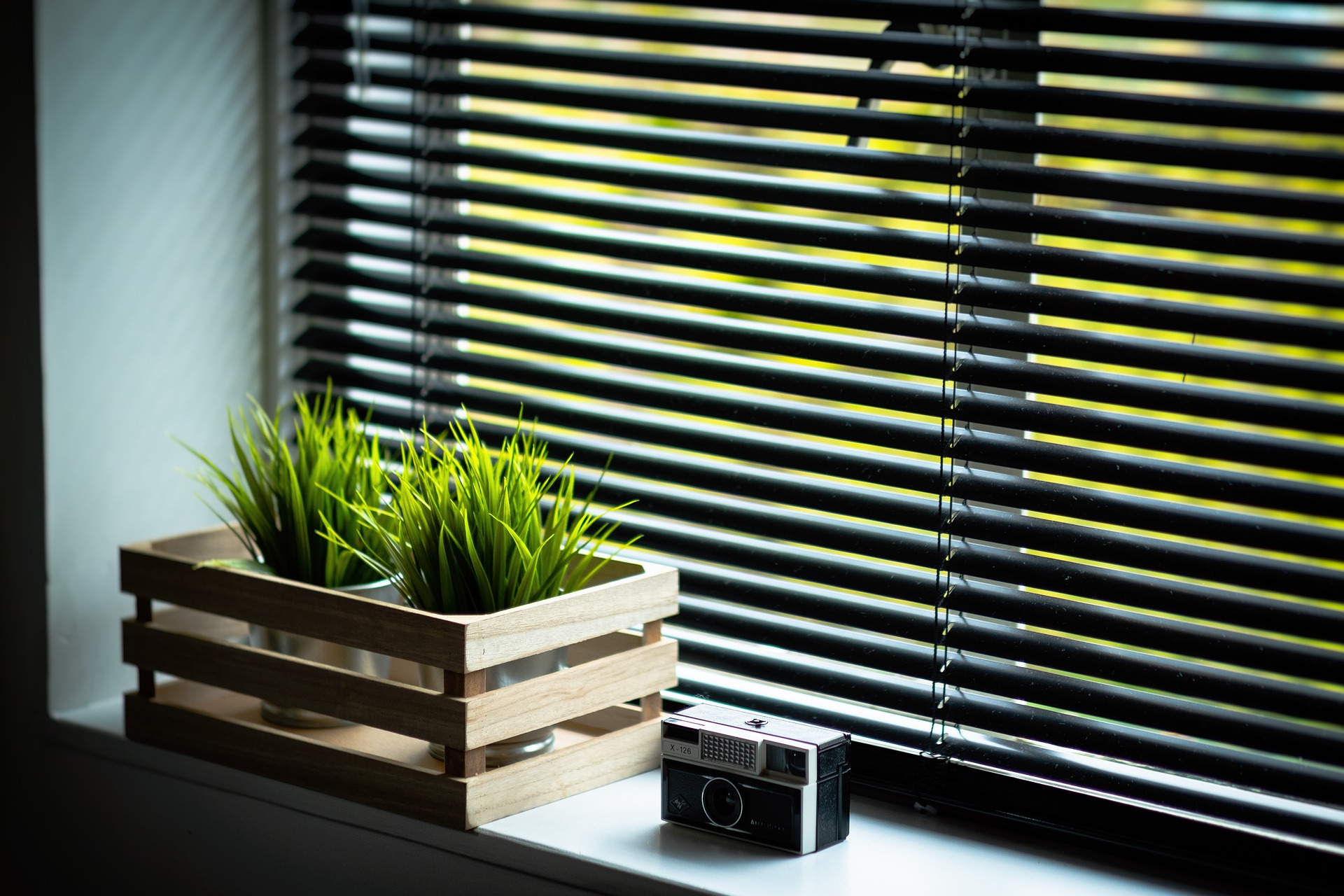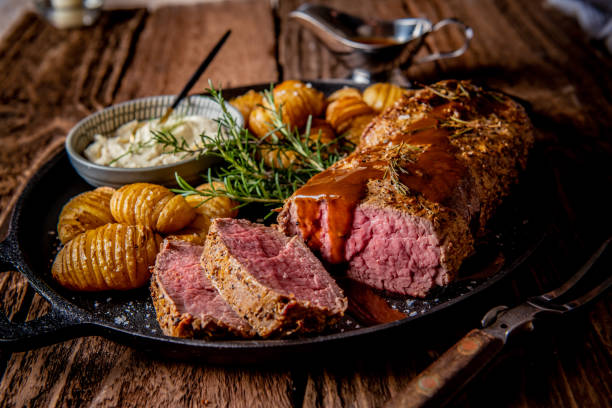"Breathing Life into Industrial Chic: How Industrial Design is Evolving"
Introduction: Industrial chic is no new player in the world of interior design. However, its recent resurgence presents a fresh and interesting perspective on this style. With its raw, unfinished aesthetic, and a nod to the architectural elements of the past, it’s not hard to see why the industrial style has made a triumphant comeback in homes and commercial spaces alike.

The Birth and Evolution of Industrial Chic
The industrial design movement traces its roots back to the 18th and 19th centuries, during the height of the Industrial Revolution. This era saw rapid advancements in manufacturing and engineering, leading to an explosion of factory-built goods and an increase in urban living. The aesthetic was marked by exposed structural elements, raw materials, and utilitarian forms—a stark contrast to the ornate and polished designs of the Victorian era.
Over the years, this style has evolved, incorporating elements from other design movements. Today, it’s not uncommon to see industrial chic blended with rustic, Scandi, or minimalist elements, creating a more softened and liveable version of the original style.
Industrial Chic in Today’s Interiors
Today’s industrial chic is all about celebrating history while maintaining a modern edge. It’s a style that showcases the beauty of raw, unfinished textures like exposed brick, concrete, distressed wood, and metal. These elements help create a space that feels both rugged and sophisticated.
However, industrial chic isn’t all about the gritty and raw. There’s a new emphasis on introducing softer elements like plush fabrics, warm colors, and houseplants to balance out the hardness of the industrial materials. The result is a harmonious juxtaposition between the old and the new, the perfect blend of form and function.
Practicality of Industrial Design
One of the biggest draws of industrial design is its practicality. The style’s focus on function over form makes it an attractive choice for those who value simplicity and utility. Its open-plan layouts and emphasis on natural light create spacious and inviting spaces, ideal for both living and working.
Moreover, the industrial design movement has encouraged a resurgence in artisanal craftsmanship and a greater appreciation for quality and durability, steering away from the disposable culture of mass-produced goods.
Industrial Design and Daily Living
The beauty of industrial design is that it can be incorporated into any space, regardless of size or purpose. From loft-style apartments to commercial spaces, the style offers flexibility and adaptability.
Moreover, the emphasis on open spaces and natural materials in industrial design can enhance the quality of life. The use of natural light, ventilation, and greenery can all contribute to improved mood and productivity, making industrial design not just aesthetically pleasing, but beneficial to our wellbeing too.
The Future of Industrial Design
As we move towards a future that values sustainability and mindfulness, industrial design is poised to evolve further. We can expect to see a greater emphasis on reclaimed and recycled materials, energy-efficient lighting, and indoor greenery. As industrial design continues to adapt to the changing needs and values of society, it remains a versatile and enduring style choice for 21st-century homes and commercial spaces.
In conclusion, the resurgence of industrial chic is a testament to its timeless appeal and versatility. By blending the raw, rugged elements of the past with softer, modern touches, industrial design offers a fresh, unique perspective that resonates with today’s design-conscious individuals. Whether you’re a seasoned interior designer or a homeowner seeking inspiration, the evolving world of industrial chic offers a multitude of possibilities for creating spaces that are stylish, functional, and deeply personal.





